The very serious New York Times has counted some 250 insults used by Donald Trump on Twitter in the space of a year: in the space of a few months, the social network has become his favourite means of communication for venting his bile, and everyone is taking the piss, from his Democratic opponents (Hillary Clinton and Bernie Sanders) to the Republicans (Jeb Bush and Ted Cruz, "losers", and John Kasich, a "failure").
Many analysts highlighted the schizophrenic aspect of his speech, with the most violent tweets alternating with others that were more moderate; some analysts even questioned the ability of such an individual to lead a country like the United States... and to hold the key to nuclear weapons for that matter. The general impression was that, under pressure from his advisers, Trump managed to contain his anger for a few hours... until, fed up, he let it get the better of him!
A simpler explanation was provided (also on Twitter, of course) by Todd Vaziri, the head of special effects for many Hollywood films - and therefore by no means an academic or political journalist: "Every non-hyperbolic tweet is from iPhone (his staff). Every hyperbolic tweet is from Android (from him)". In short, the insults are published by Trump himself; the others, which are more polite, come from his staff!
So let us be reassured: Donald Trump is neither schizophrenic nor bipolar: just violent, outrageous, racist, rude...
Data scientist David Robinson took the analysis a step further, pointing out that Trump lets off steam on the social network early in the morning, or late at night: for the rest of the day, his team is trying, if not to repair the damage, at least to do its job as communications manager for a White House candidate.
However, this extreme case is not isolated: in France too, many politicians share the running of their social media accounts with their teams; when communication is harmonious, no one has anything to say about it - especially if everyone uses the same type of smartphone!
The same goes for brands, where teams of community managers take it in turns to ensure continuity of service; in after-sales, however, employees are increasingly personalising their actions by signing their messages with their initials: here, the need for a human touch is imperative. The question is, where does the boundary lie between a totally depersonalised corporate message - even one personalised by muses - and customer relations, which are necessarily more embodied?
The question becomes even more pressing in B2B, between the institutional discourse - always toned down, even cold - and that of managers who take care of their personal branding: speed can lead to a lot of things going wrong.
In marketing terms, any communication on social networks requires an editorial line - directly linked to the brand platform, of course.
In terms of marketing research, discourse analysis is making a strong comeback, and needs to be integrated with other skills, such as sociology or ethnology: Twitter, Facebook and Snapchat are not only shaking up the habits of consumers and citizens; they are forcing marketers to reinvent themselves every day.




